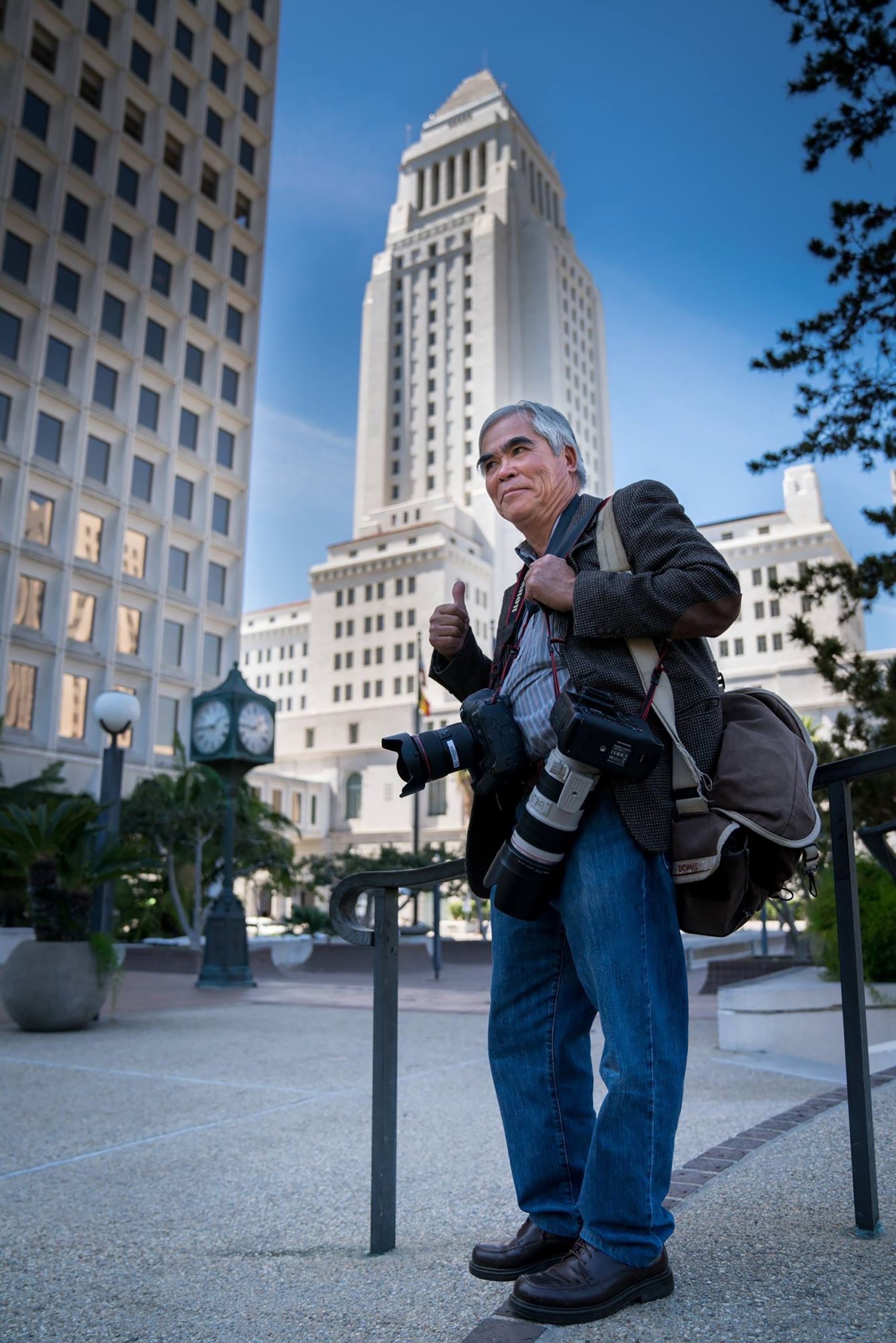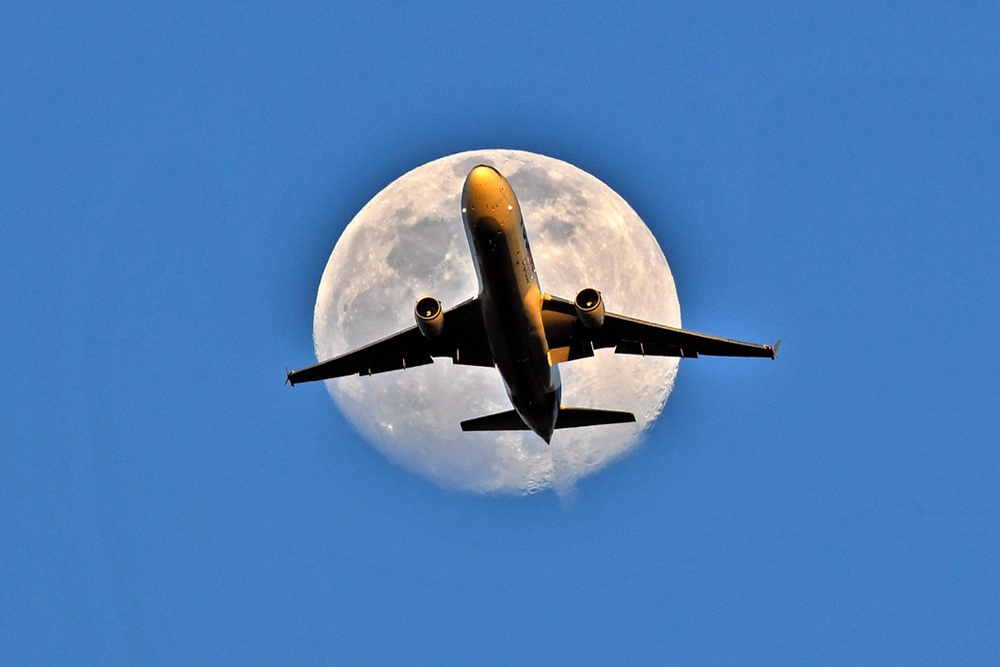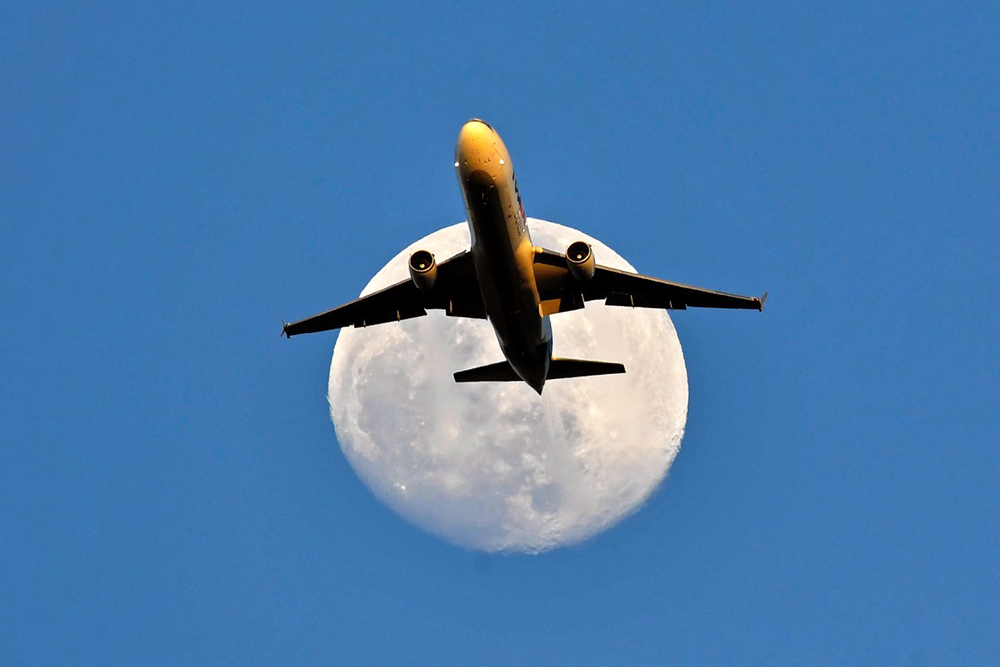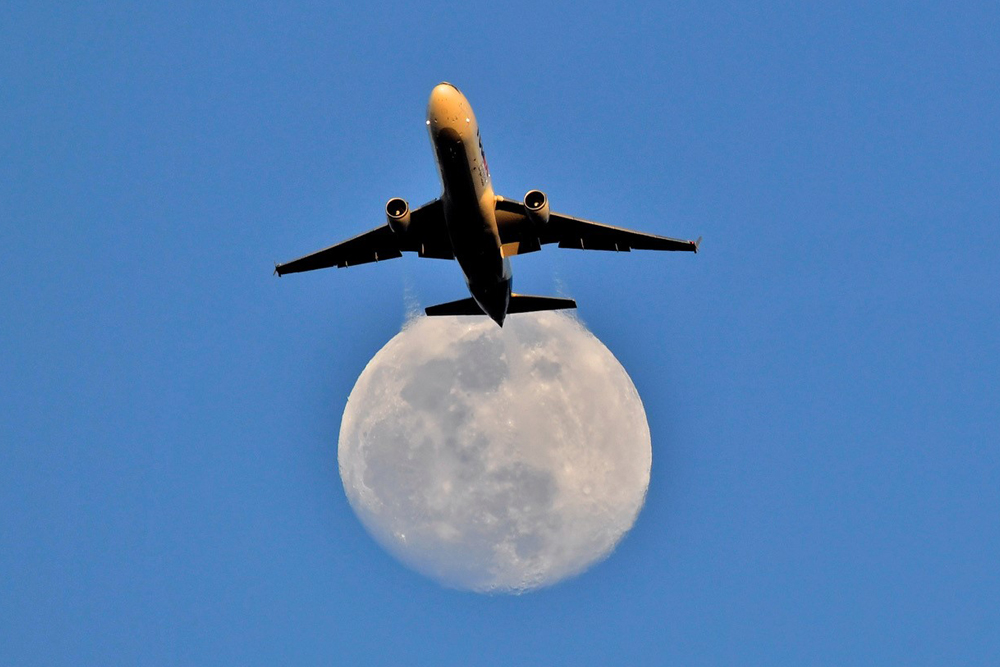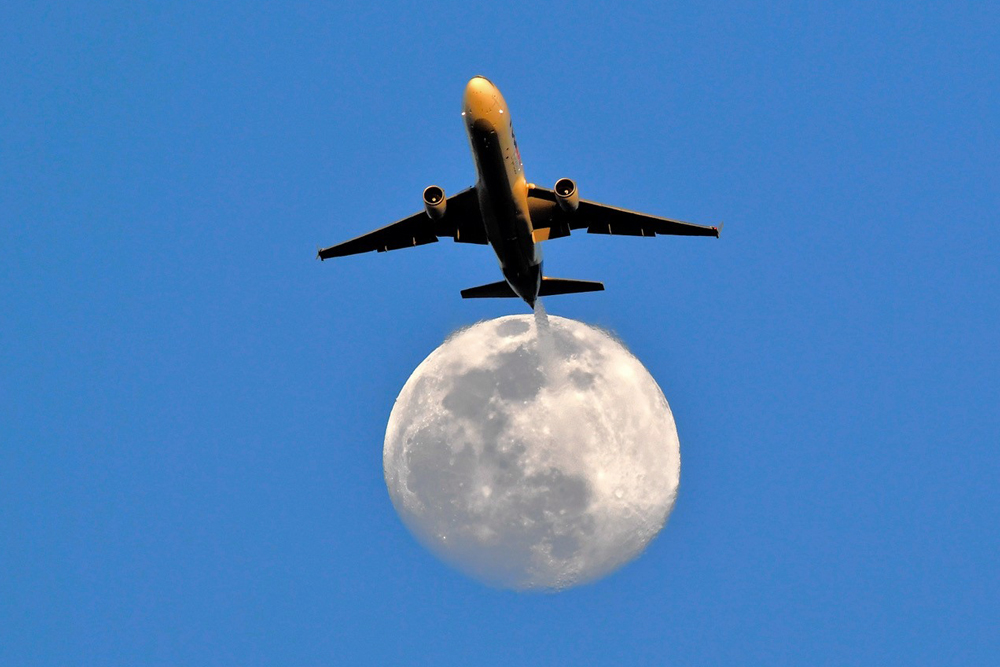Photojournalist Nick Ut was only 21 when he received the Pulitzer Prize and a World Press Photo Award for his 1972 photograph, “The Terror of War” (contains sensitive material). More commonly known as “Napalm Girl,” his iconic Vietnam War photograph appeared on the front pages of newspapers around the world. To this day, Ut’s instantly recognizable image remains a powerful symbol and an indelible part of history.

Vietnam: The Journey Begins
As a teenager growing up in Vietnam during the war, there was no doubt in Ut’s mind that he was going to be a photojournalist like his brother, Huỳnh Thanh Mỹ, who worked out of AP’S Saigon bureau.
“My older brother was my biggest influence. He was my hero, my idol and I wanted to be like him — a photographer for The Associated Press,” Ut explains. Ut was fascinated by his brother’s combat images and dedication to showing the world the consequences of war. Ut would help take care of Mỹ’s gear when he returned from an assignment, and Mỹ showed Ut how to use a camera. In 1964, as the war in Vietnam escalated, Mỹ was concerned about Ut’s safety in the more rural setting of his family home, and brought the young man to Saigon to live with him and his wife. The two brothers grew even closer during this time and long discussions about photography ensued.
“Tragically,” Ut recalls, Mỹ “was killed in October 1965 while working for AP covering the Vietnam War.” Soon thereafter, Ut and his sister-in-law asked the AP to give the teenager a job as a photographer. Ut was told he was too young and too inexperienced to be an AP photographer, but Ut continued to press for a job and was finally hired in 1966. Still, the AP felt it was too risky to send the young Ut into combat, and he was tasked with keeping the darkroom organized, running errands and learning how to process film. “I was thrust into journalism because of his [Mỹ’s] passing. I was first working in the AP office photo lab.”
Working in the darkroom processing other photographers’ film and making prints further enhanced Ut’s photographic knowledge and skills. Perhaps even more important for Ut’s growth as a photographer were the people he worked with at the AP including noted photographers Horst Faas, Eddie Adams and Henri Huet. (It was from Huet’s affectionate name for Ut — “Nic-Nic”, a Vietnamese expression for the youngest member of a family or group — that Ut, whose birth name is Huỳnh Công Út, adopted the name Nick.)
Ut never gave up on his dream, though. “I did assignments around town on my own,” he explains. “When they saw I was good, they began giving me assignments as well as working in the lab.” In 1968, during the Tet Offensive when fighting broke out in Saigon, Ut didn’t have to travel far to gain combat photography experience.

Over the next several years, Ut was injured three times during his coverage of the Vietnam war. He was shot twice, and once injured by shrapnel when a bomb exploded near him, yet he continued the challenging job of photographing the war for the Associated Press, gaining respect from his colleagues and editors for his work. On the morning of June 8, 1972, Ut was on assignment when he saw a group of people, including a naked 9-year-old Phan Thị Kim Phúc (Kim Phuc), running towards him following a napalm attack. As she moved closer, Ut realized how badly she was burned, put his camera down and, along with others, came to her aid. Her injuries were so severe that Ut knew he had to get the young girl and the other children to the hospital right away. When the hospital said they were unable to take more patients, Ut used his press pass and the power of possible media coverage to convince them to provide immediate medical attention that helped save Phuc’s life. (To this day, Ut and Phuc remain close friends.)
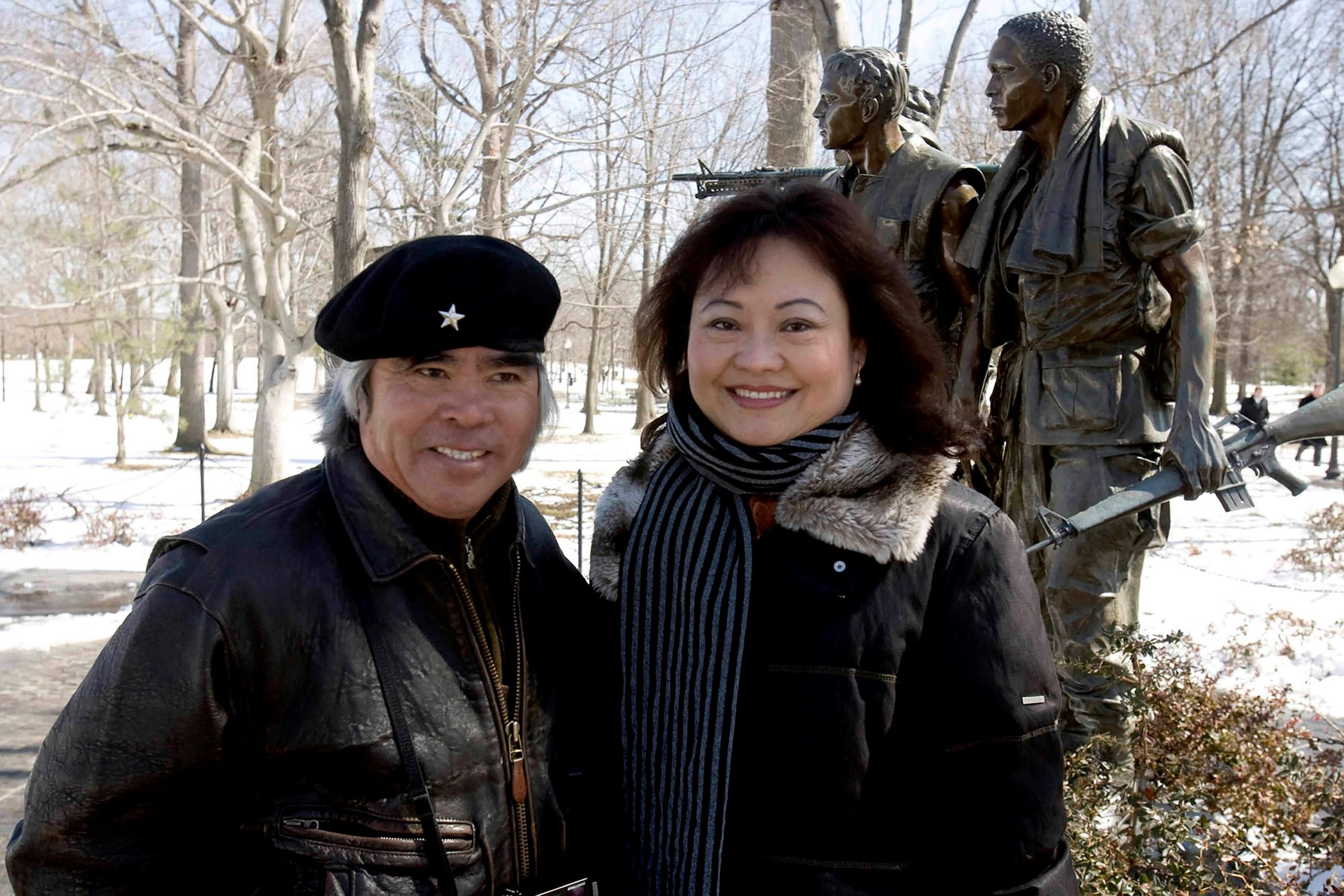
The image of Phuc was not without controversy, though, since AP guidelines restricted the use of full frontal nudity. But the photo was considered so important that the AP decided to distribute it over the wire where it was picked up and became front page news around the globe.
Still, the war dragged on until the Fall of Saigon in April 1975, when Ut and the rest of the AP staff were evacuated.
Ut’s Adventure Comes Stateside
After a stint in Japan, Ut moved to the United States. When the AP asked if he preferred to be based in Washington, DC or Los Angeles, he exclaimed: Hollywood! Thinking about the transition to life in Los Angeles, Ut remarked that “It was a lot different in the sense that I was not covering a war, but similar in that there was always something different to photograph,” including sports, celebrities and news.
“It was definitely a lot safer — most of the time,” Ut added. Safer, he said, “except when covering riots, shootings and other dangerous city assignments.” For example, he photographed the 1992 LA riots after the police were acquitted in the Rodney King case and, for the first time, Ut had a gun pointed directly at him. Once the National Guard arrived, Ut stayed near to the troops for the remainder of that assignment.
“I’ve always liked all my assignments,” Ut says, adding, “but I do enjoy photographing celebrities.” He remembers spending time with the late Robin Williams, for example: “He was so friendly and nice. We laughed a lot.” Unlike the paparazzi that celebrities tried to avoid, they really liked Ut. “I met and photographed so many big stars, and I always got along with them. I never had any trouble,” he added.
Many of Ut’s celebrity assignments took place in the courtroom where he photographed the OJ Simpson, Robert Blake and Christian Brando trials, among others. He quickly earned respect among the lawyers and judges — and defendants — which allowed him better access than other photographers. In fact, OJ’s family said, “I want Nicky to cover the verdict for the second trial.”
When Marlon Brando’s son, Christian, was being tried for killing his sister’s boyfriend, Ut noticed that the senior Brando, “who didn’t like any media,” kept looking at him whenever he snapped a picture and commented to his son’s lawyer, “That man took a picture of me.” Ut was worried that “maybe he’d yell at me or something,” but Brando’s attitude changed dramatically when the lawyer explained to Brando that Ut had taken the “Napalm Girl” photograph. Once he was comfortable with Ut taking his picture, Brando — who had gained a lot of weight — jokingly asked Ut, “don’t take my picture to show how big I am; only my face.” Although Marlon Brando passed away in 2004, Ut has remained friends with his daughter. “She is now my good friend and we talk all the time and sometimes go eat together.”
“I get along with so many people in the world because they know my picture,” Ut explains. While his “Napalm Girl” photograph, professionalism and excellent reputation as a photographer have opened many doors for him, he is also known for his warm personality and ability to put people at ease.
Retired But Never Idle
In 2017, Ut decided to retire. “After 51 years as an AP staff member,” he explains, “it was time so I could concentrate on other projects.” Although he shoots for Getty Images on a freelance basis, Ut spends much of his time photographing wildlife (especially birds) and nature. He also likes to photograph people and news, but like a true photojournalist he adds, “I like to shoot anything that’s in front of me.”
Since his retirement, in addition to traveling the world, Ut goes out to shoot just about every day. Sometimes on his own; sometimes with fellow photographers like Raul Roa, Photo Editor of LA Times Community News. “We travel about once a month to different locations outside of Los Angeles,” Ut notes. When Roa offers a photo workshop, Ut says “I always enjoy coming along and helping out where I can.”
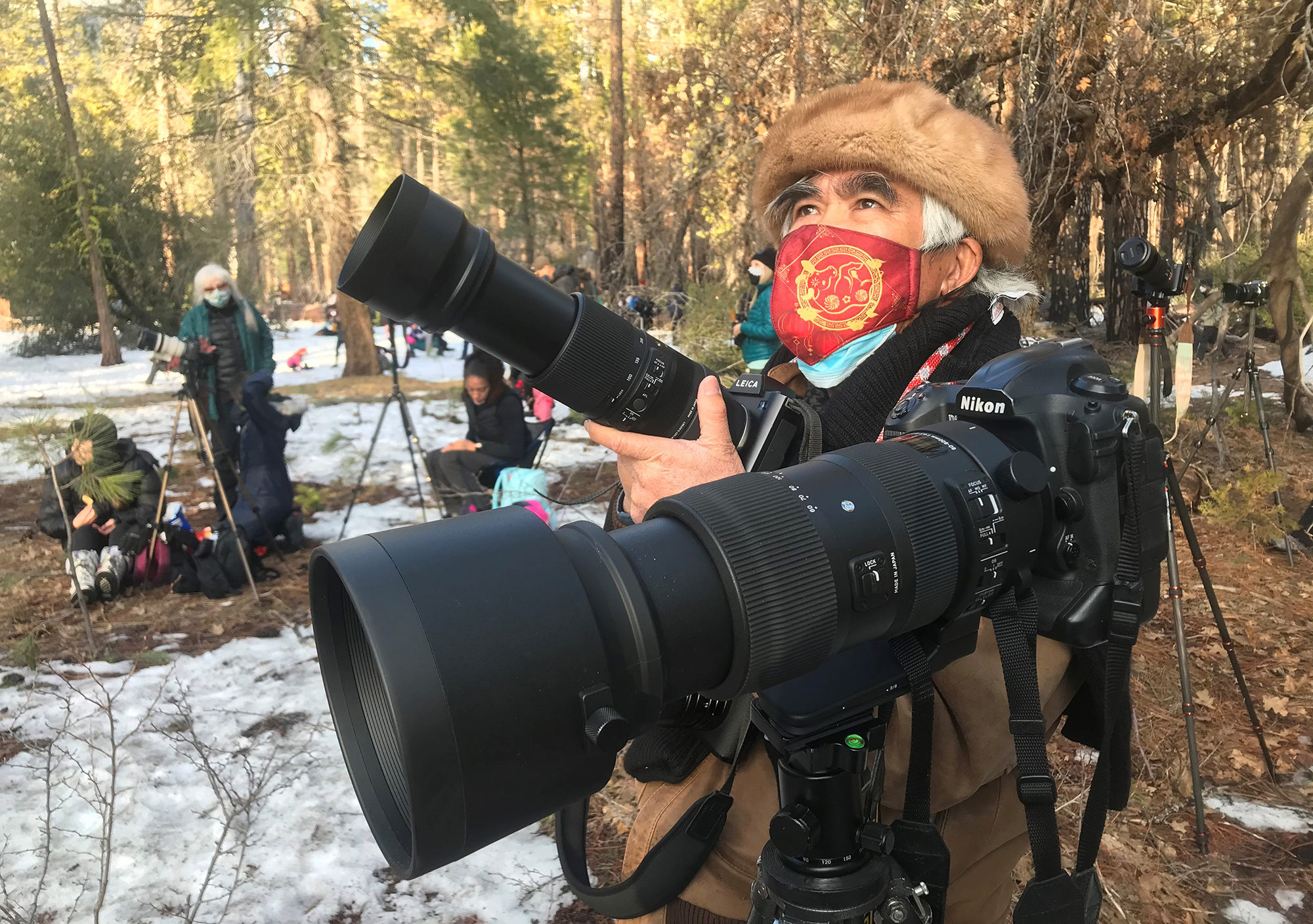
There’s one scene that Ut never tires of photographing — the full moon. He and other photographers, casually known as the “Lunartics,” get together once a month for some nighttime shots. The ultimate goal? To photograph an airplane as it crosses the face of the moon — an achievement that’s more challenging than it may seem. But Ut has managed to capture the perfect angle with his SIGMA 60-600mm DG OS HSM | Sports lens and Nikon D5. “I prefocus on the moon and then when the airplane comes, click-click-click [continuous shooting] and get the shot.”
For years, Ut has loaded his camera bag with multiple cameras, lenses and dozens of rolls of film. In Vietnam, for example, he might go on assignment with four cameras and 5-6 prime lenses. When he started shooting digital in the US, dozens of rolls of film were replaced with a laptop, and some of the prime lenses were exchanged for telephoto zooms. These days, Ut likes to keep things simple: “I don’t want to carry my camera bag anymore. Just one camera and one or two lenses.”
Today, Ut’s go-to gear includes the Nikon D5 with the SIGMA 60-600mm F4.5-6.3 DG OS HSM | Sports hyper-telephoto lens, and the Leica SL with the SIGMA 100-400mm F5-6.3 DG DN OS | Contemporary telephoto zoom. Both zoom lenses are “very versatile” and “very sharp, too,” Ut reports. (For wider angle shots, he also uses the L-Mount SIGMA 45mm F2.8 DG DN | Contemporary lens on his Leica SL.)

One day he may photograph dolphins jumping alongside a boat and then zoom in to capture photos of whales in the distance; the next day, his subjects may include an Osprey coming back to the nest with a freshly caught fish or a tiny hummingbird feeding on flowers.
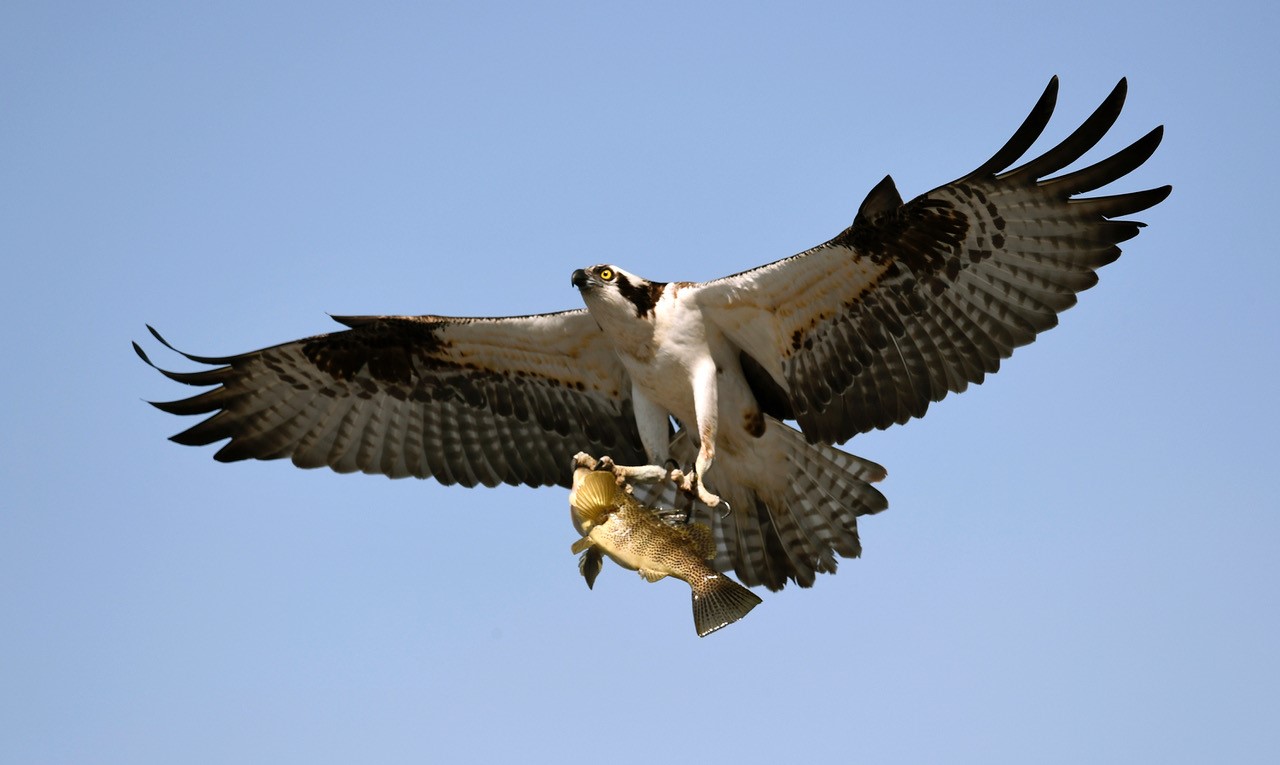
A hungry osprey flies off with its prize. 
A tiny hummingbird takes a nourishing drink. 
A pair of male Hooded Merganser ducks strike a synchronized pose.
In between there may be California wildfires, photographing families and children at the border wall between Arizona and Mexico, or more nighttime shots of the full moon.

Charred remains of trees dot the California landscape. 
Smoke from wildfires creates a vibrant but troubling red sky. 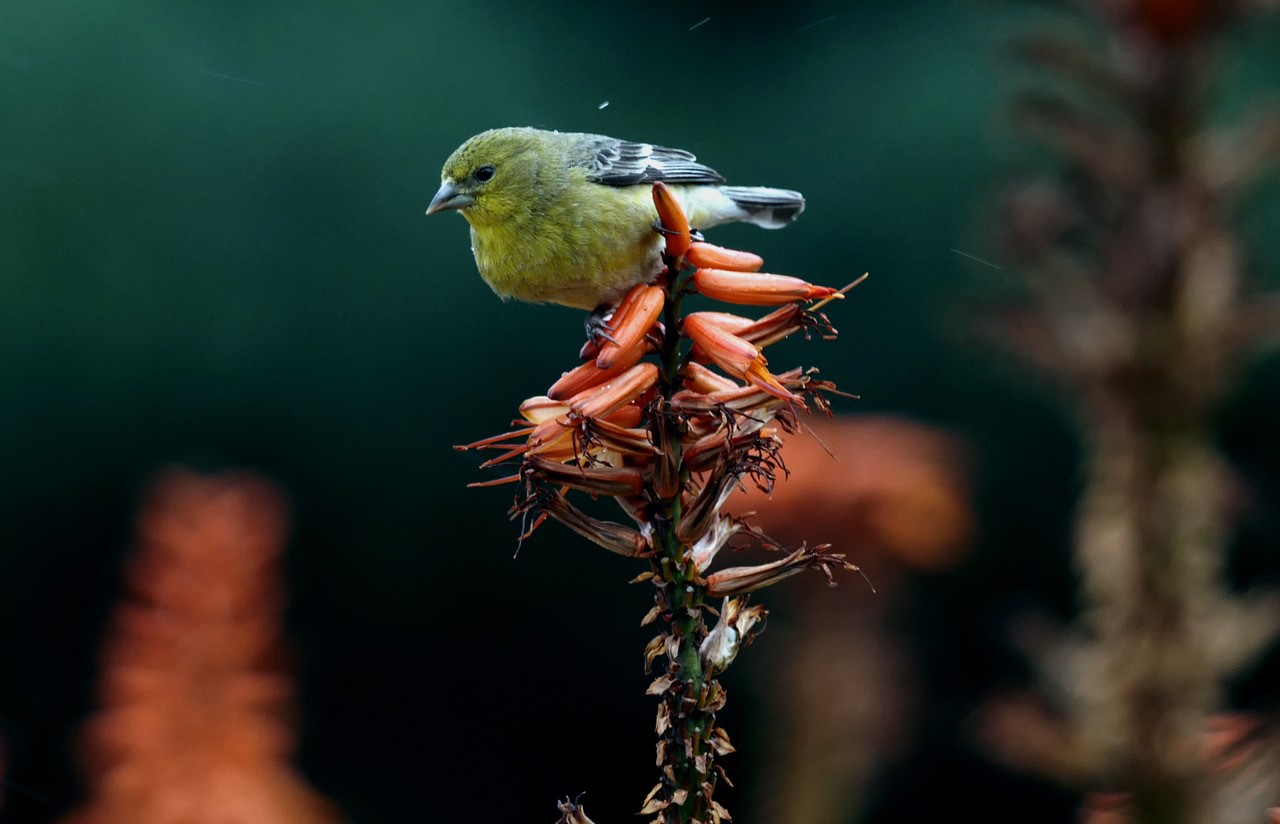
A yellow songbird perches on an intricate flower.
The 10x zoom range of the SIGMA 60-600mm lens is particularly useful, especially given his desire to streamline the gear he carries: “I don’t need ten lenses. Now I need only one lens and it’s so easy to use. With the SIGMA 60-600mm, I can shoot everything — from close up and from far away.” And thanks to the lens’ dual zooming mechanisms (rotating the zoom ring or push/pull), he can quickly change angle of view.
Ut posts regularly on Facebook and Instagram, eliciting many “likes” and comments. The latter included one about a photo of him with the SIGMA 60-600mm lens. “Now people see my camera with a long lens on Facebook and say, ‘Nicky I see the big lens — it looks like it’s bigger than you!'” In response, Ut says, “It’s my SIGMA lens!”
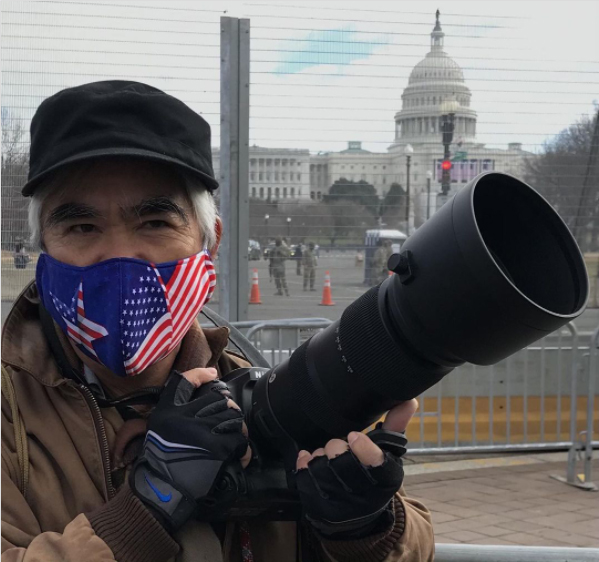
The SIGMA 60-600mm DG OS HSM | Sports, which is also available for Canon and SIGMA mounts, balances well on Ut’s Nikon D5. While he occasionally jokes that “I use the lens for my workout since the gyms have been closed,” he easily handholds the 5.95-pound lens, which measures 4.7 x 10.6 inches, saying, “It’s not that heavy.” Given the lens’ zoom range and SIGMA’s use of durable but lighter materials, he’s right. Add the lens’ excellent optical 4-stop image stabilization (and Ut’s decades of experience as a photographer) and you can see how he can capture razor sharp images of birds in flight with the lens’ fast and quiet AF.
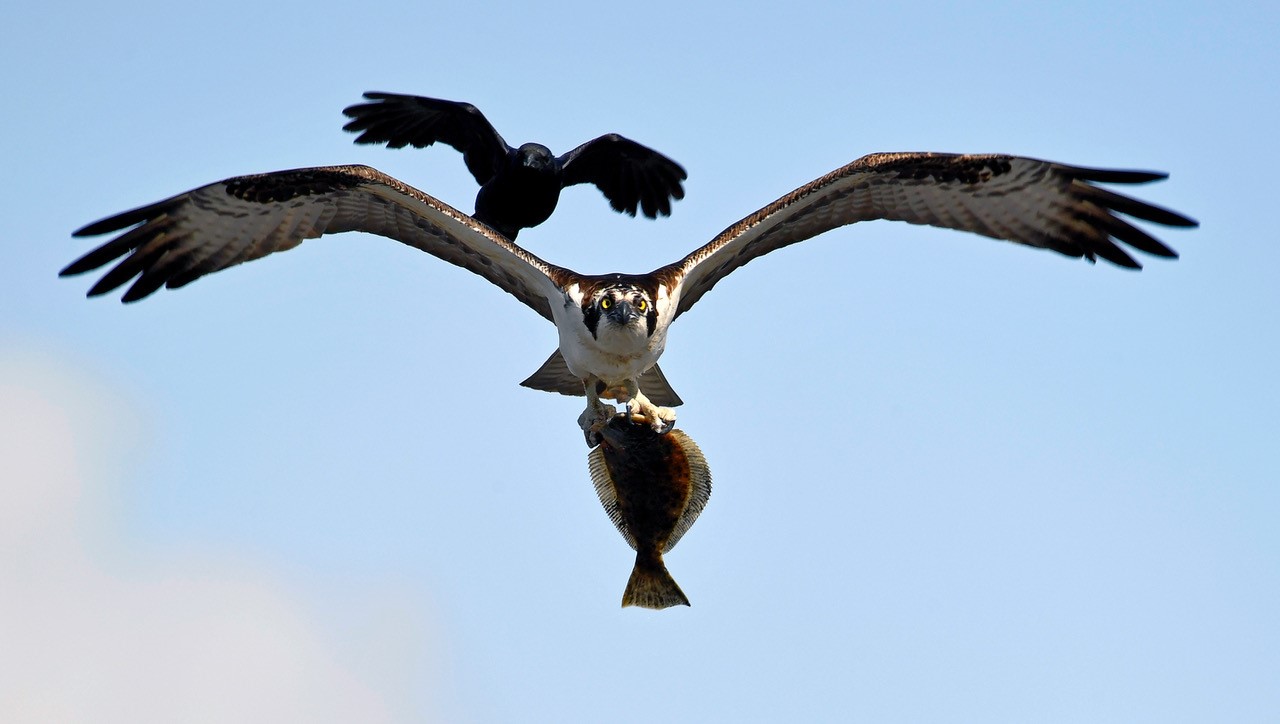
SIGMA 60-600mm DG OS HSM | Sports on Nikon D5.
With multiple seals at different points, the 60-600mm lens is dust- and splash-proof so Ut has no worries when he’s out on the boat searching for whales and dolphins, since the internal mechanisms are well-protected. The front and rear lens surfaces are coated to be water (and oil) repellent, so it was easy to keep the glass free from water spots after an ocean splash.

SIGMA 60-600mm DG OS HSM | Sports on Nikon D5.
As a photojournalist, Ut is always ready to shoot regardless of the subject and because of that, he rarely uses a tripod — even when he’s shooting at 600mm. “I don’t like to use tripods,” he says, explaining that he needs to have the flexibility to instantly point the camera at his subject, focus and click the shutter. But when conditions call for a tripod, the 60-600mm’s bundled Arca-Swiss compatible tripod collar and replaceable foot, designed to quickly switch between horizontal and vertical shooting, comes in handy.
The SIGMA 100-400mm F5-6.3 DG DN OS | Contemporary is SIGMA’s first ultra-telephoto zoom lens for full-frame mirrorless cameras, and is available in L-mount and Sony E-mount. This is the lens, mounted on his Leica SL, Ut prefers when he wants to travel a little lighter. “I use the SIGMA 100-400mm lens when I use my Leica SL. I like the range of that lens and the light weight,” he explains.
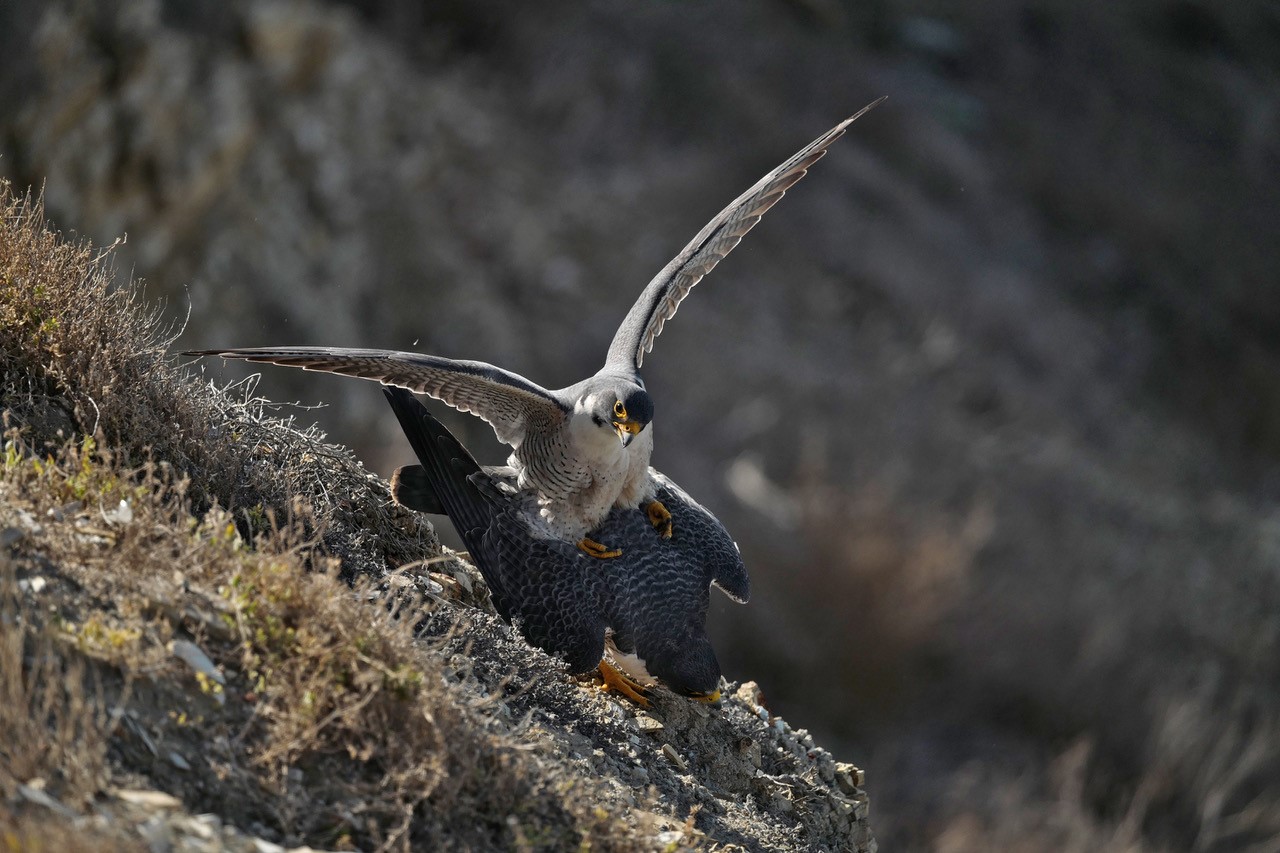
An epic battle between birds of prey. 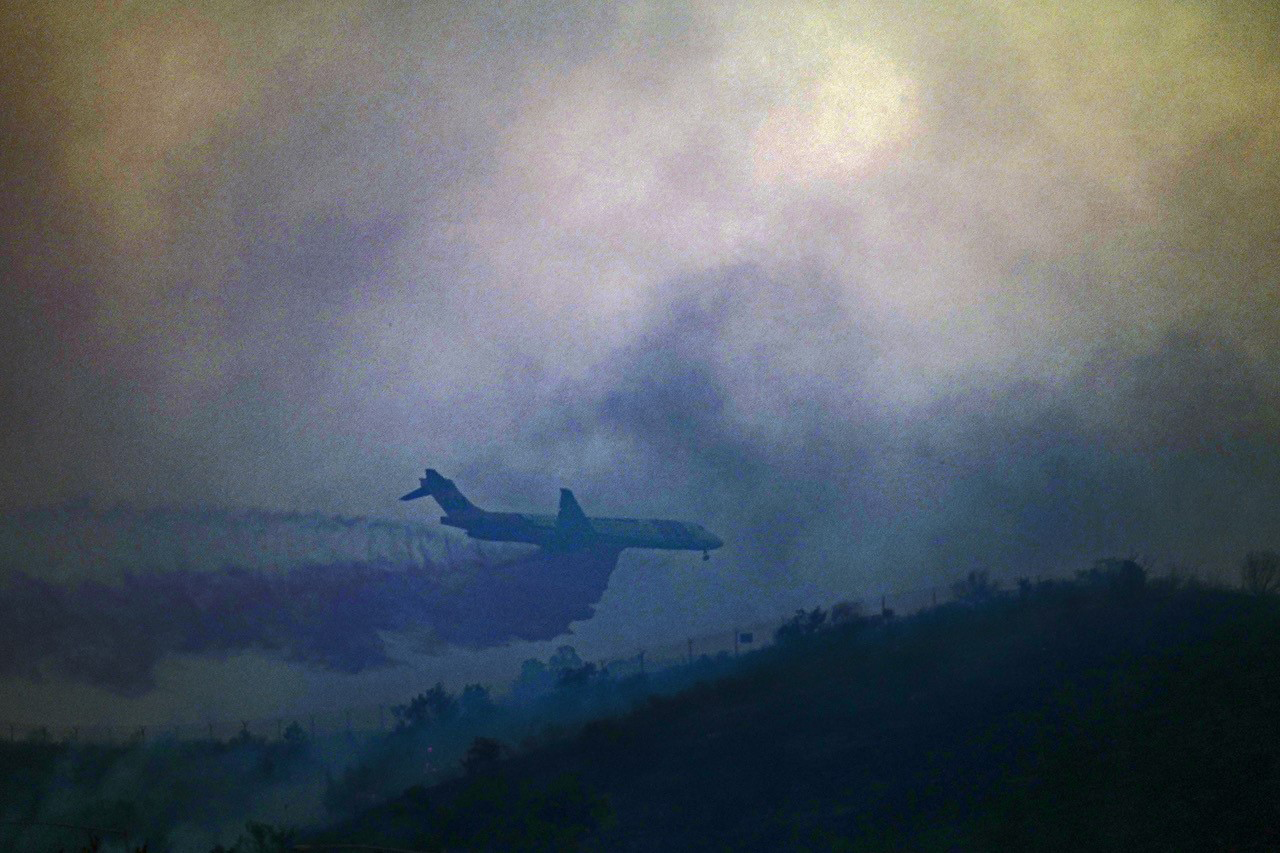
Thick, dark smoke obscures a tanker plane spreading fire retardant. 
The rare “Firefalls” phenomenon at Yosemite National Park. 
Great Blue Herons build a nest.
Both the 100-400mm and 60-600mm lenses have up to four stops of image stabilization, focus limiter, zoom lock switch, push/pull and ring zoom, as well as fast autofocus. And both lenses are compatible with SIGMA’s 1.4x and 2x teleconverters to further expand their telephoto reach, while maintaining autofocus.
The SIGMA 100-400mm lens has a handy AFL button that can be customized with various camera functions and the lens mount is specially sealed against dust and moisture so Ut can take either lens on his whale watching excursions or into the desert without worry.
At 2.5 pounds and measuring 3.4 x 7.8 inches, the SIGMA 100-400mm lens is so lightweight and compact given its zoom range that Ut plans to take it with him on his next trip to Vietnam. “When I travel to Vietnam next,” which he hopes is soon, “I will bring the SIGMA 100-400mm lens. Although the SIGMA 60-600mm lens is exceptional, it weighs too much for me to travel across the world with.” Citing the 100-400mm lens’ versatility, “It will be used not only to photograph Vietnamese monkeys, but all other wildlife and people, too. It’s very versatile.”
Regardless of whether he is photographing wildlife, nature or news events, Ut explains he always makes the most of any assignment. And it’s clear that his “mantra is to approach each day with a positive attitude and to give 100% of your talent.”
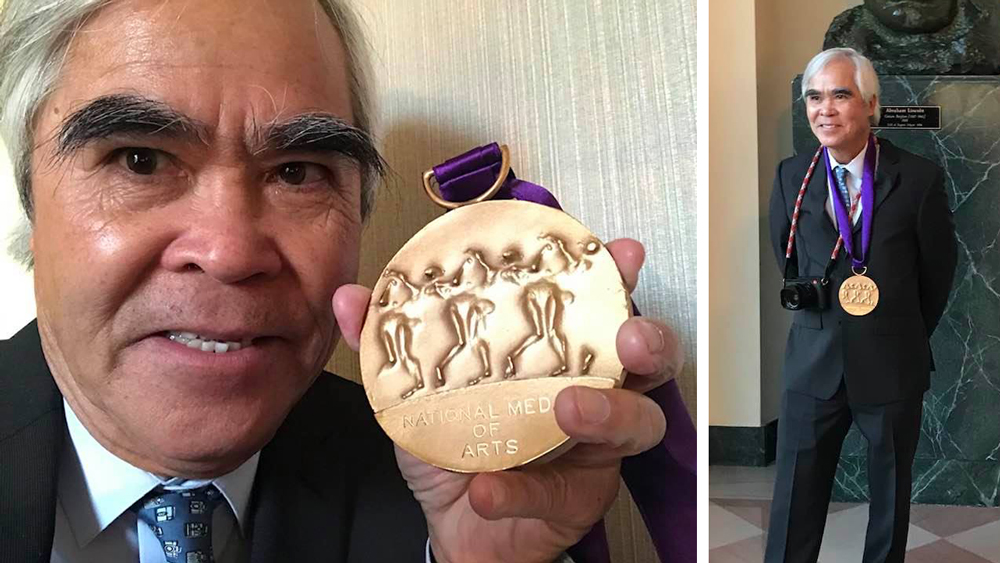
For a closer look at Nick Ut’s life and photography, be sure to read the Associated Press’ new book by Hal Buell, “From Hell to Hollywood“. Also check out the documentary by the same name, narrated by George Takei, and directed by Jon Kroll and Scott Templeton.
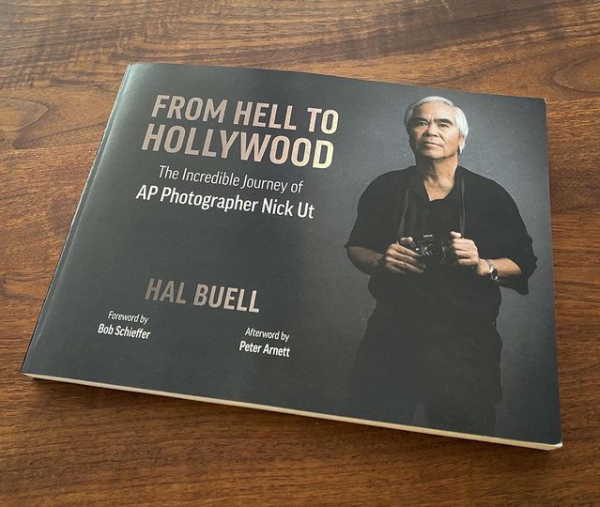
You can follow Nick Ut on Facebook and Instagram @UtNicky.
